Seriously Though, Do Alternative Therapies Work? – Esquire Singapore
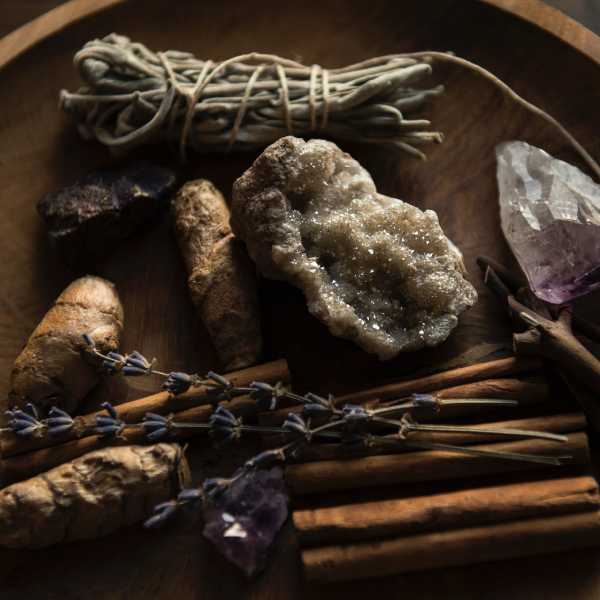
It all started with my first visit to the Chinese physician because of a sport-related ankle injury years ago. After simple acupuncture and some gentle rotation, the swollen joint was wrapped in a thick slab of heady herbs that had been stewing during the session, and I was told to have it on for a night before being sent on my way. No, it was really a curiosity on the persistence of alternative therapies in an age of modern medicine and technology.
Of course, the ankle sprain and TCM visit did happen, and you might be wondering what happened to the swell in the end. Not to sound like a TV episode that exploits sequence jumps—but we’ll get to it.
There are, needless to say, plenty of alternative or complementary therapies out there, many of which are not recognised by medical studies. From hypnotherapy to reflexology, they can be divided into alternative medical systems, mind-body interventions, biologically based treatments, manipulative and body-based methods, and energy therapies.
As Western medicine is primarily founded on ancient Greek theories and practices, it is logical for its ‘unorthodox’ counterpart to outnumber. You have Ayurveda from the Indians, Reiki from the Japanese, and the list goes on.
Crystals
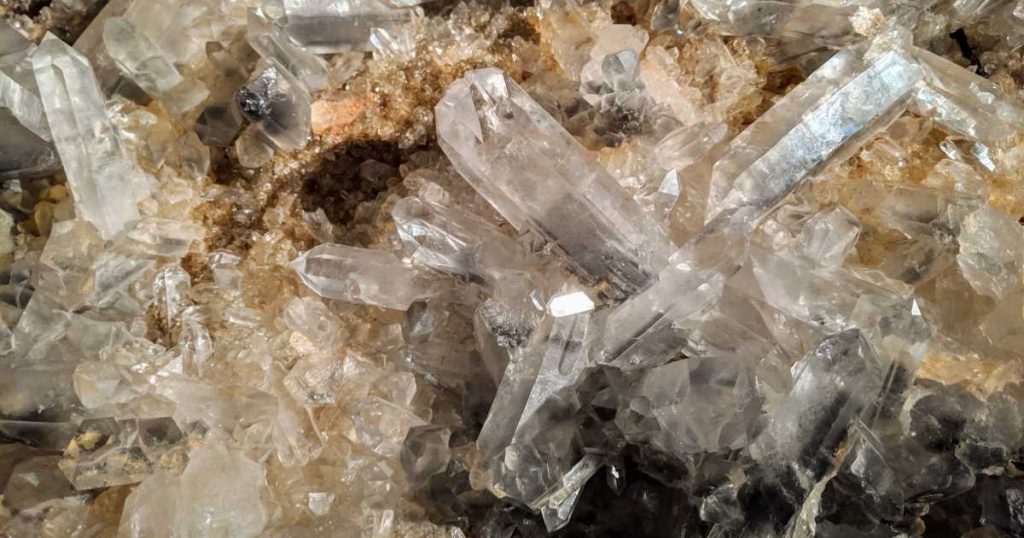
We start with the least invasive but potentially the most expensive—gemstone therapy. Associated with chakras and auras, crystals invoke the most spiritual connotations—and eyebrow raises—from their origins to their purposes. More so when they are commonly used as birthstones in accordance to your star sign.
Historical uses of crystals point to divine communication in ceremonies, such as the 12 embedded on the high priest’s breastplate of the Hebrews representing the tribes of Israel, the ancient Egyptians’ Blood of Isis amulets placed on the mummies’ throats to ensure rebirth into the afterlife, and the Aztec’s obsidian sacrificial knife.
How to set up your new crystal
In modern times, the procedures for owning a crystal still carry a sense of ritual. You start by choosing a crystal, physically cleansing it and then purifying it off negative vibrations—methods include burying it in a container of sea salt, salted lukewarm water, moist sand or soil and even seawater as long as it is unpolluted (we don’t make the rules!) for a minimum of 24 hours. Otherwise, smudging, where you pass your crystal several times through incense smoke, or even the candle flame itself. Sunlight and moonlight, with the aid of mirrors, are also permitted.
Then comes bonding by familiarising with your crystal, engraving its appearance in your mind and—wait for it—charging it. Not with a type C cable but a meditative intent, you hold the crystal while thinking of the function it’s meant to serve and visualise imparting this energy into it with each exhalation and what you want to receive from it at each inhalation. These are then ‘vibrations’ stored in the crystal. In terms of healing, there are specific properties assigned to each gemstone.
Common ailments—though books are quick to assert that these should not be a replacement of qualified medical diagnosis and treatment—have a recommended pairing. Examples are amber for asthma, ruby for low blood pressure, emerald for constipation, malachite for rheumatism, and a personal favourite—amethyst for alcoholism. All have yet (and are difficult) to be corroborated by science, but we’ll discover it isn’t the only one.
Traditional Chinese Medicine
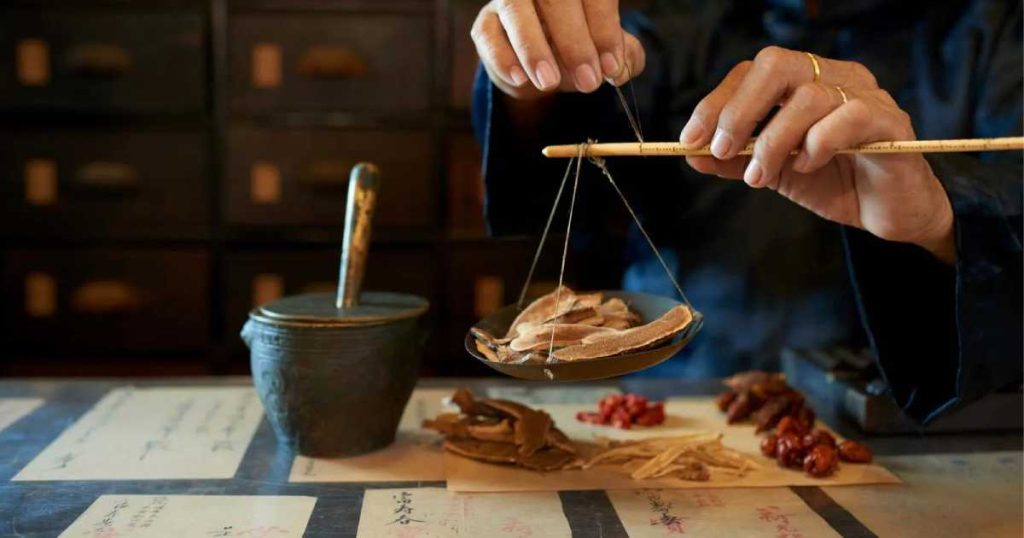
Some 21 years ago, the Traditional Chinese Medicine Practitioners Act was passed in Parliament. By the fifth year, all acupuncturists, physicians and dispensers were registered with the TCM Practitioners Board. So what entitles this 2,000 year old discipline the recognition while others remain in the lurch, especially when it has yet to be fully verified?
“Strictly speaking, there is no alternative medicine. There is only scientifically proven, evidence-based medicine supported by solid data,” Dr NK Ho writes for Singapore Medical Journal in an article titled “Understanding Traditional Chinese Medicine —a doctor’s viewpoint”. “Many people still consider traditional medicine as unproven medicine for which scientific evidence is lacking.”
Let’s just trace back to what these Chinese healing techniques entail. Most famously acupuncture and tui na but not exclusive of herbal remedies, dietary therapy, breathing exercises, cupping and moxibustion, all essentially means restoring qi that flows through meridians in the body. One is unwell when his internal qi falls out of balance.
Western v Eastern theories
Many translators ascribe qi as the energies that exist in all things in universe. Ruling philosophy combines Buddhism, Confucianism and Taoism, encompassing the harmony of man with the heavens. The principles of yin (negative) and yang (positive) governed theories on bodily functions such as cold and heat, xu (deficiency) and shi (excess). Illness was a result of imbalance. Obviously, these concepts aren’t exactly explainable by modern medical theory. However, the originating Greek principles weren’t entirely different.
Hippocrates believed the balance of passions was key to good health. Likewise, the four humours—blood, phlegm and yellow and black biles—had to be modulated, resulting in infamous practices such as bloodletting. People who prefer Chinese remedies often believe that they have fewer side effects, though most TCM practices have not been validated by randomised controlled trials. Acupuncture seems the most promising of the lot because it has proven lineage between somato-visceral regulation and corresponding brain function. There is functional MRI evidence that suggests a relation to induced analgesia with the release of opioids like endorphins.
But does it actually work?
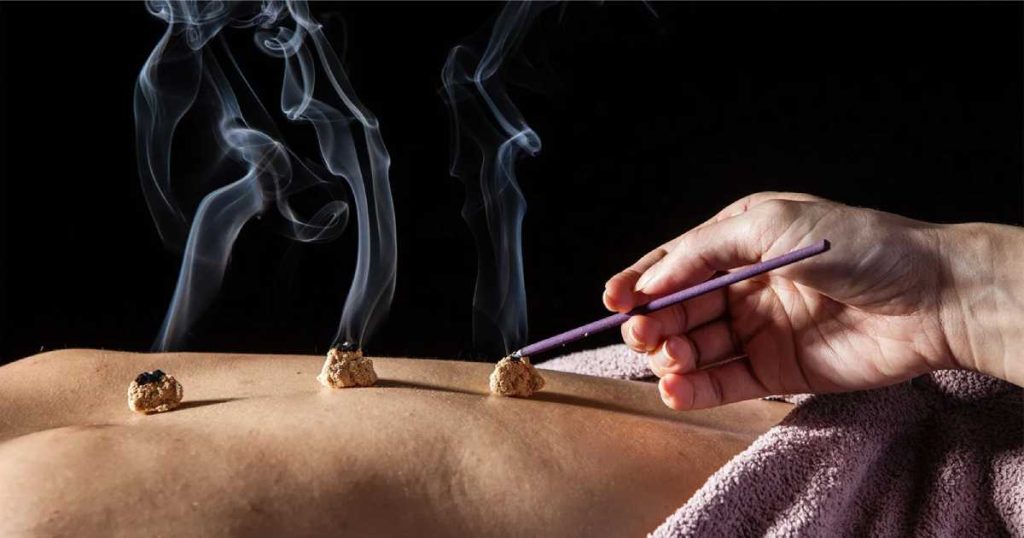
Or is it all a big sham? The big question and possibly what got you started on this article. In 2009, Daniel C Cherkin, PhD, carried out a sizeable randomised trial comparing acupuncture, simulated acupuncture and usual care for chronic low back pain. The 638 patients all had pain for at least three months and were divided into four batches.
The experiment
One was given seven weeks of standardised acupuncture treatment with a fixed number of needles assigned to eight designated points and strictly kept on for the same duration. The second group received individualised treatment where professional physicians had the freedom to prescribe any number of needles and points, while the third involved non-acupuncture points poked at with toothpicks encased in skinny plastic tubes.
As all were completely new to acupuncture and blindfolded for the treatment, most participants could not discern which group they were in. The final control batch received no acupuncture and continued with regular medication and physical therapy as other batches were also allowed to as well.
The results are nothing short of intriguing. Comparing the three types of acupuncture, none was more effective than the others in reducing disability and discomfort. Yet, compared to 39 percent of the control group having no acupuncture, approximately 60 percent of those who had received acupuncture, were ‘toothpicked’ or otherwise claimed improvement after two months. This does not ignore the minority who would have improved due to fluctuations in symptoms or response bias.
Even the Hawthorne effect where subjects of an experiment modify their behaviour in lieu of undergoing observation—in this case a clinical trial inspiring them to take better care of themselves. Still, 21 percent is no insignificant number, and conclusions share similarity with studies from German researchers around the same time.
The placebo effect
“Medicine is not only a science; it is also an art.
It does not consist of compounding pills and plasters;
it deals with the very processes of life, which must be
understood before they may be guided.”—Paracelsus
“A great many of us can block our pain and relieve other symptoms without ever realising it,” reporter Melanie Warner writes in her book, The Science of Alternative Medicine and the Surprising Power of Belief. She cites studies for modern surgery like vertebroplasty for spinal fractures and arthroscopy for osteoarthritic conditions. Heck, even percutaneous coronary intervention for chest pain—you know, where a tiny balloon and stent are inserted into obstructed arteries—is no more effective than having a surgeon give a placebo incision.
“Just thinking you’ve gotten your shoulder or knee fixed is as good for pain relief and mobility as actually having the procedure done.” Warner also tries simulations with neuroscientist Luana Colloca and discovers that despite being aware of placebos, she is still susceptible to it. This aligns with the recent studies of patients who were given vials clearly marked ‘placebo’ while knowing its effects, and having a notable fraction of them still achieving meaningful relief. Some even wanted to continue their dosage after the conducted studies were over.
Wait, what about essential oils?
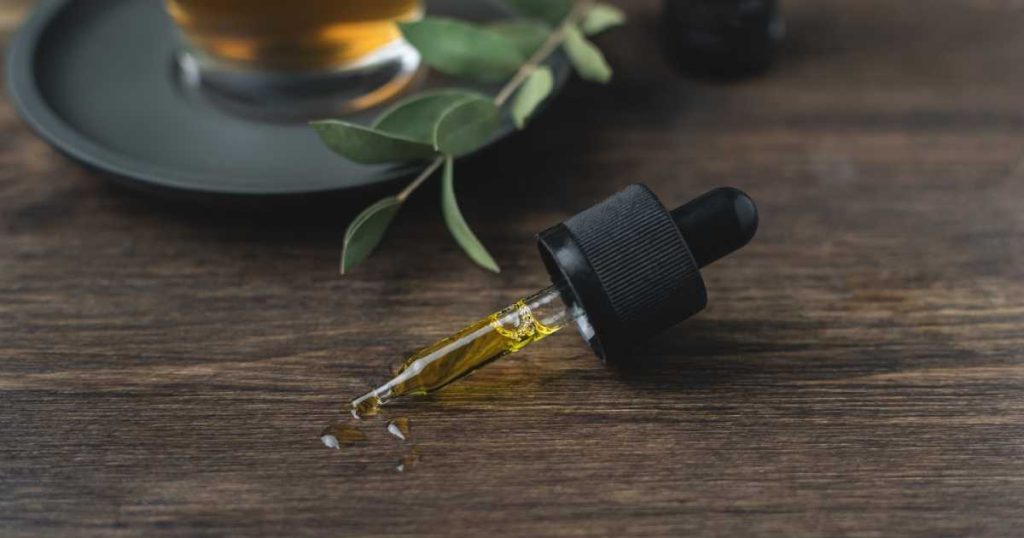
Ah, the healing wafts of aromatherapy and all the smells of zen. Not to be the constant harbinger of bad news, but as Dr Tieraona Low Dog says, “when looked at in totality, the evidence is weak for beneficial effects with inhalation”. Studies have been done to determine if different scents can carry differing effects on our moods. One compared lavender and lemon and while the latter was purported to be positive for those under stress, neither altered stress indicators, pain control or biochemical markers of immune system changes. Pretty disappointing, we know.
So though there currently isn’t any rigorous research backing lavender scent as a cure for insomnia, essential oils aren’t entirely useless. Many exhibit antiseptic or antioxidising capabilities when applied, some assisting with cellular regeneration. The word antiseptic is self-explanatory; ‘anti’ meaning against and ‘septic’ from sepsis, a potentially fatal severe body response to bacterial infection that causes tissue damage. Thus, what we can say is, the best way to use an essential oil is probably still to smear it on than breathe it in.
So, is it All in Our Heads?
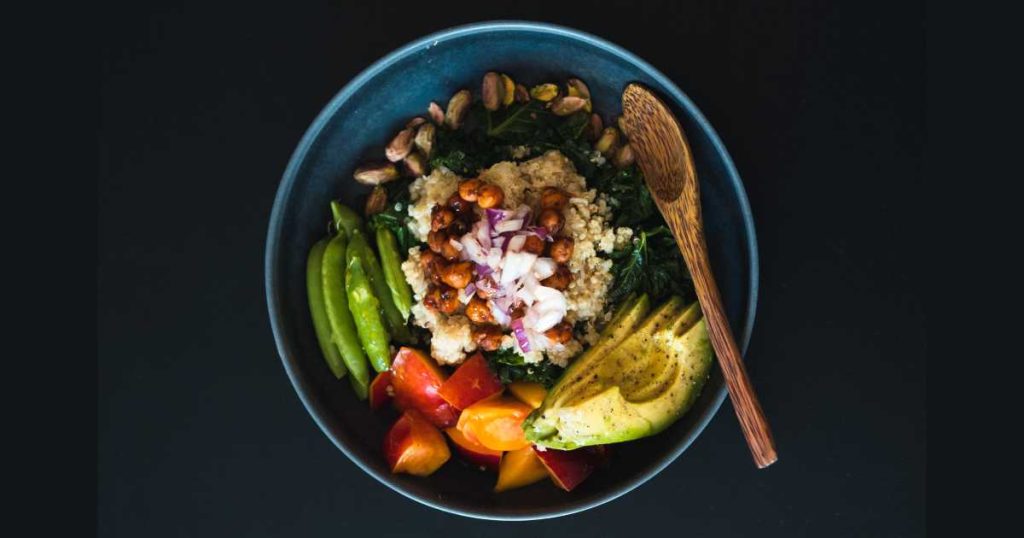
Much as we slammed dear Hippocrates earlier, his diagnosis on exercise, rest and good diet on health still stands. In other words, there’s no cheating your way out of this. If there’s any consolation, there prevails one healing method to tap into.
“Herbs are rich in nutrients, and they contain a higher ratio of phytochemicals, which is why their taste and smell are so intense,” registered dietitian Gabby Luo explains. “A moderate consumption of herbs is recommended daily, and the most effective way is by using herbs as conditioning agents to replace salt and sauce.”
A resident nutritionist at Sangha Retreat in Suzhou, Luo goes on to advocate mindful eating, where the practice is not centred on appreciating your food while eating it, but being aware of your body’s need for the right foods and nutrients. The wellness retreat, known for individually curated programmes and facilities designed for a holistic healing, adopts a fused approach.
Recommended Eating
The East-meets-West approach of observing an individual’s ailments to find the root cause through TCM tenets, then using Western science to quantify nutritional value, including food acidity, to subscribe a recommended diet and ideal meal plan has proven to work effectively together. Especially for chronic health issues, she says.
A diet that is low in palmitic acids (found mostly in saturated, fat-rich foods) and high in oleic acids (abundant in olive oil and tree nuts) is anti-inflammatory and can enhance the sensitivity of the body’s insulin response. Dark-coloured foods are normally high in antioxidants, which help us battle reactive oxygen species (the agent that causes inflammation).
“One of the most common misconceptions is that only ‘superfoods’ are good for anti-inflammation. However, food diversity is of the utmost importance. As all the natural foods contain some certain anti-inflammatory substances, and they interact with each other in the body,” says Luo. “You should always choose multi-coloured fresh vegetables, nuts with skins and coloured whole grains. To create a high-quality and diverse diet that suits your appetite is always a good idea.”
The Thing About Inflammation
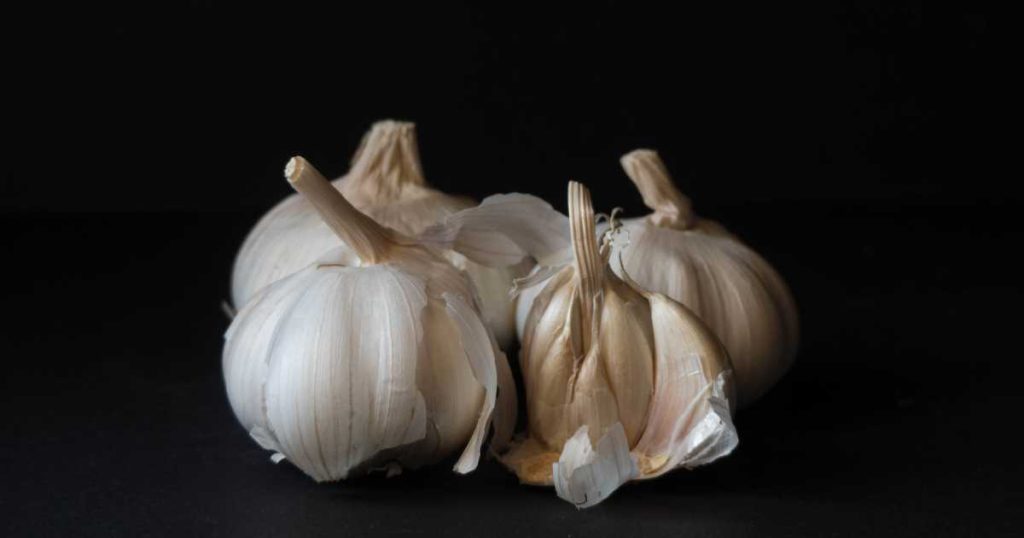
Inflammation is not altogether detrimental. One of the body’s natural defences against illness and injury, though what is more often discussed is how a high sugar and fructose diet triggers major inflammation and precipitates disease. Like how Type 2 diabetes is closely related to obesity, cardiovascular disease, renal diseases and other metabolic syndromes. It is the most-studied chronic disease that can be prevented or even reversed by a lifestyle change. Anti-inflammatory diets are key and more effective than any other medical prevention.
“An effective way to decrease the inflammatory effects of your diet is to use an oil high in oleic acid to cook with, and to consume a predominantly plant-based diet. It is important to include a wide variety of non-starchy fruit and vegetables to balance your nutrient intake, the benefits of which are more explicit when they are eaten as opposed to drunk,” Luo concludes.
Where Do We Go From Here?
Besides ingestion, the physical application of herbs is an age-old concept. In war, the simple meadow herb yarrow was used to staunch haemorrhages and aid scar healing, earning its nickname Soldier’s Woundwort. While we don’t go picking among the grass for stinging nettle, disinfectants like garlic (used in World War II to prevent gangrene) remain unchanged in their antibacterial properties.
Which circles us back to the very start, as promised. My ankle did ‘miraculously’ reduce in swelling to its original state overnight. Whether that was the placebo effect of the needles, the efficacy of the herb patch or simply my body’s natural recovery, it’s hard to say for sure. However, it is now clearer to see that there are ‘alternative’ therapies that work, and why they do. Nonetheless, long-standing methods like TCM are not entirely placebo. Scientist Tu Youyou was awarded for her discovery of artemisinin as a cure for malaria in 2015.
Her team reviewed ancient medical texts before finally finding a reference to sweet wormwood, which treated malaria-like symptoms in China around 400 AD. The extract was developed into a class of drugs and a standard treatment for Plasmodium falciparum. Tu is the first mainland Chinese scientist to achieve a Nobel Prize in a scientific category without a doctorate, medical degree or training abroad.
Just as TCM proves viable in the research for new drugs, there’s also untapped potential in the human body to heal itself. Understanding how the mind holds the reigns. Alongside physical aids procured by science and cues unearthed by history, it’s truly in us to unlock the cure.
